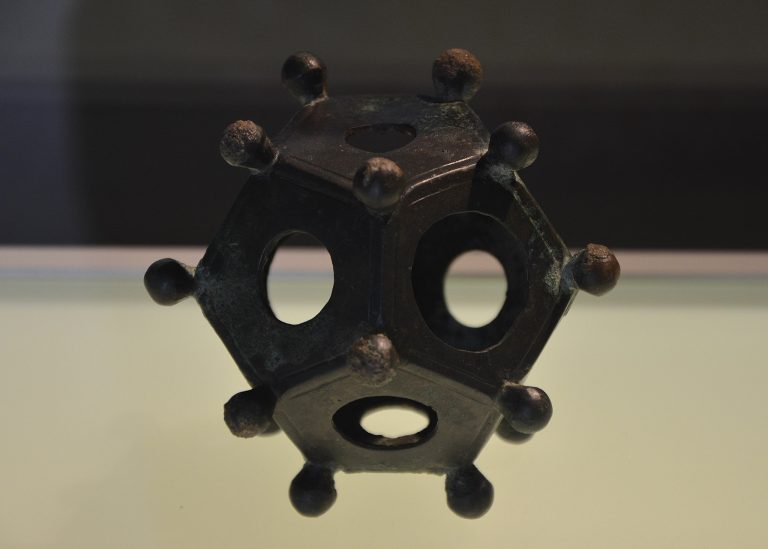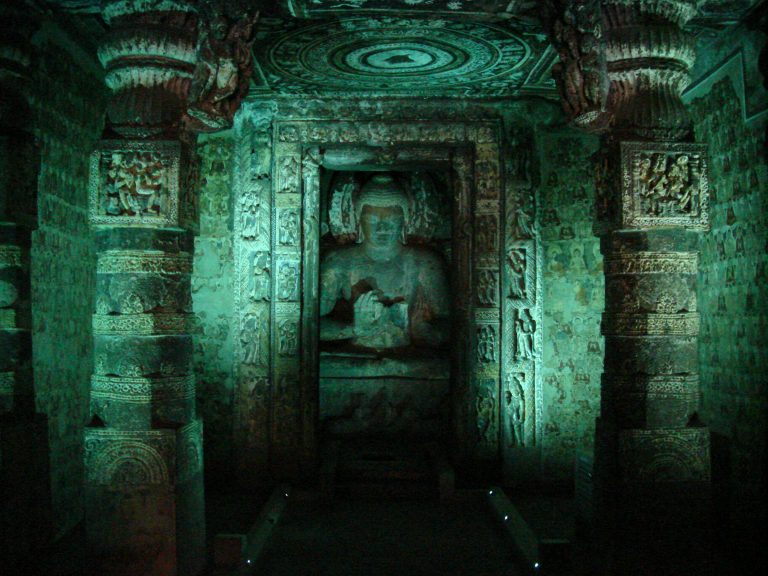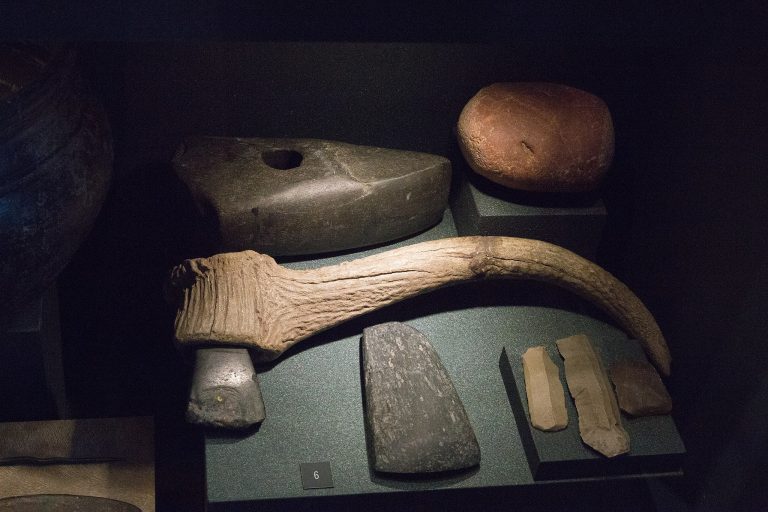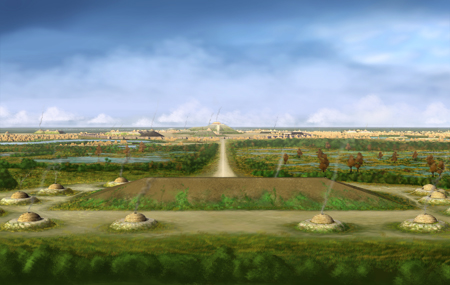The powerful Roman empire, with its fascinating and well-documented history, made great contributions to civilization in both art and innovation. Sturdy roads, grid based cities, concrete, newspapers, and aqueducts all date back to Roman times, among dozens of other useful inventions. Yet one ancient Roman artifact has been discovered that has everyone puzzled.
The dodecahedron, a small, 12-sided metal object, is the curiosity in question. Found in various areas of the former Roman Empire, this unusual piece of history is baffling archaeologists.
Roman relic of unknown utility
Brian Campbell discovered a dodecahedron in his yard in Romford, East London, when his shovel hit a strange metallic object in 1987. He unearthed the clay-covered piece and found that it was no bigger than a tennis ball.
Speaking to Mental Floss, Campbell said he found the object to be “beautifully and skillfully made.” For more than ten years, he kept the object on his windowsill.
He learned that he had a genuine Roman dodecahedron when he eventually visited a Roman fort in Saalburg, Germany, and was shocked to find a very similar object on display.
Success
You are now signed up for our newsletter
Success
Check your email to complete sign up
The dodecahedron is a hollow, bronze artifact with 12 flat, pentagonal faces, a knob at each corner point, and a different sized hole in each face.
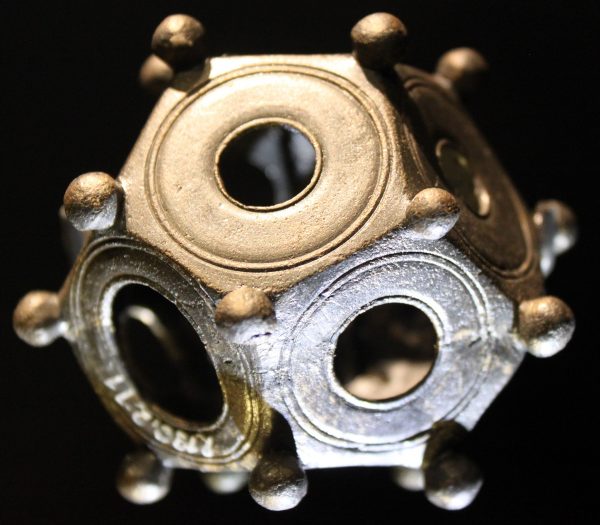
Dodecahedrons (or dodecahedra) range in size—from 1.5 to 4.3 inches. While most are of a mixed metal, or bronze, some were even found to be made of stone.
The first dodecahedron was discovered in England in 1739, and presented to the Society of Antiquaries in London. Since then, hundreds of these strange objects have been found in many parts of Western Europe—all of them linked to the Roman Empire.
In the 1960s, archaeologists also found similar objects along the Maritime Silk Road in Southeast Asia, though these were made of gold. Still, they could be evidence of Roman influence on the Indochinese kingdom of Funan.
READ MORE:
- Kitchen Gadgets of Yore – The Tried, the True, and the Useless
- March 15: Beware The Ides of March
- Early Man’s Most Important Invention: The Handle
The term “dodecahedron”—meaning “12 faces” in Greek—was coined in the mid-19th century. Although they make a fine display in many European museums, what exactly they were made for has yet to be explained.
Enigma of the dodecahedron
So far, no one has found any written documents regarding the dodecahedron, and its usage has been a matter of speculation and debate since it was discovered.
Some theorized that the dodecahedron was used as the head of a mace, or a metal bullet. Others, however, rebuke this theory, since even the largest specimens are simply too light to cause significant damage.
One of the most plausible theories, proposed by Amelia Sparavigna, a physicist at Italy’s Politecnico di Torino, was that the dodecahedron was used as a measuring device to calculate the trajectory of projectiles during a battle. Sparavigna believes that one could calculate the distance of an object by looking through the holes, until the object and the edges of the two circles align.
“The Roman army needed a rangefinder, and the dodecahedron can be used as a rangefinder,” she explains. This theory is backed by the fact that dodecahedrons have been found at military sites.
Historian Tibor Grull, of the University of Pecs in Hungary, opposes the idea due to the fact that the dodecahedrons were not of the same size and do not have any numerals or letters on them—something that should be found on a mathematical tool.
Some scholars suggest that the object was not used for war, but for play, noting their similarity with dice. Yet the different-sized holes would have caused them to consistently roll to the heaviest side (smallest hole), rendering them useless as dice the way we know them.
Another theory suggests that the object was used to determine the sowing date for winter grain, measuring the angle of sunlight to estimate the dates of harvest. Some even suggest that, according to Plato, the shape was “used for embroidering the constellations on the whole heaven.”
The fact that wax is commonly found in them suggests that perhaps they were some sort of intricate candle holder, possibly with religious application, as many sites where the objects are found were in Gallo-Roman sites.
“Many the time I have handled it wondering as to its exact use,” Campbell said. He took his own dodecahedron to museums in London, but they could not help him. Personally, he believes that the object was left behind by Roman soldiers, since Romford was a river crossing and the possible location of a Roman posting station.



